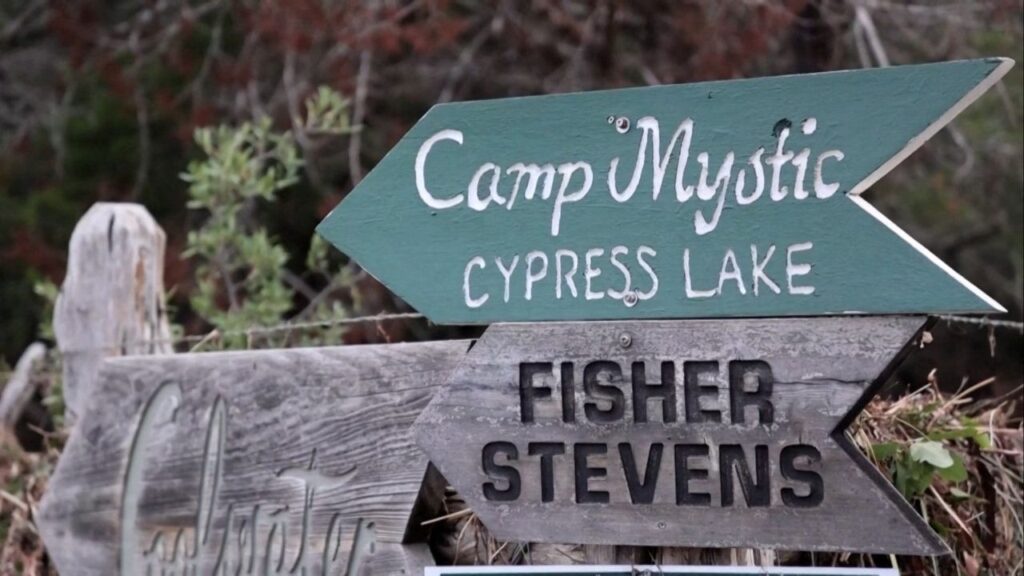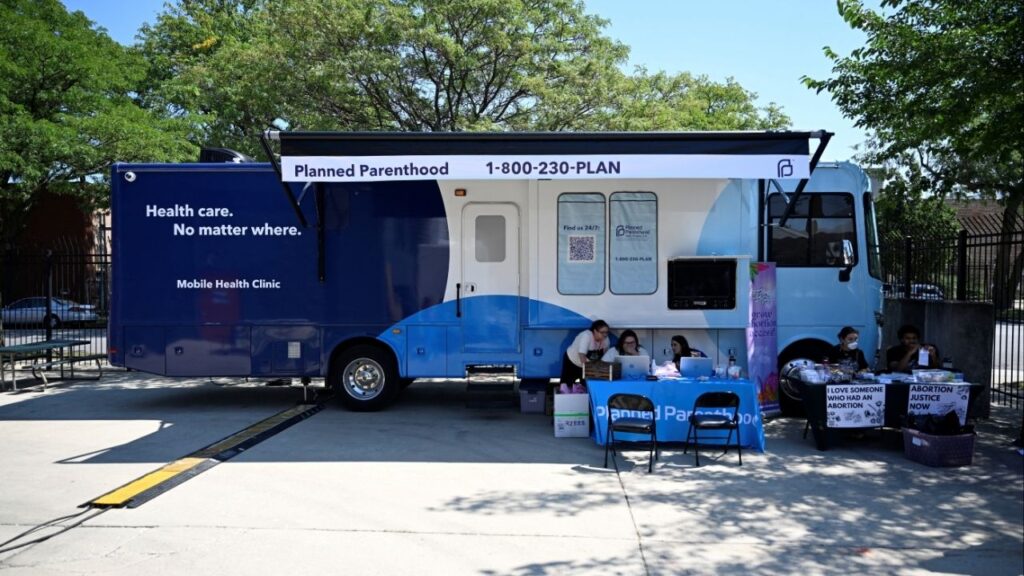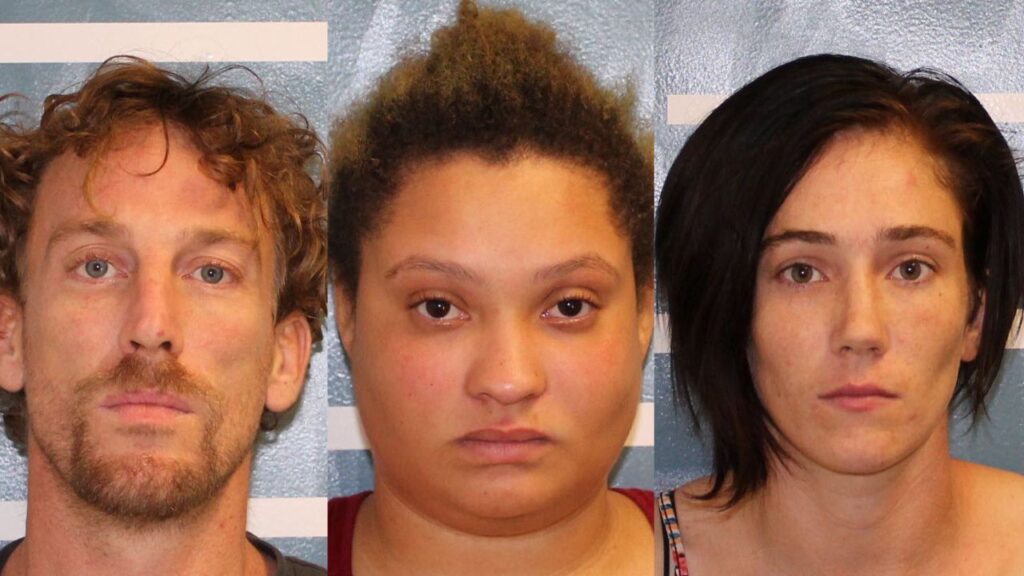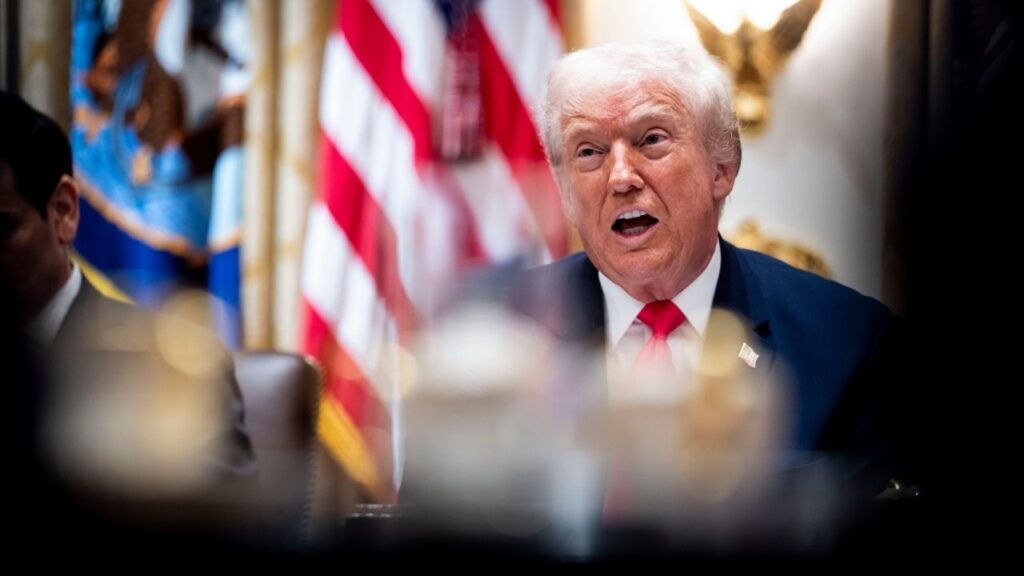Share
A day before the Fresno City Council hears appeals to preliminary licenses awarded to five retail cannabis businesses, one councilman says the city needs to hit the reset button on the entire process.
Councilman Garry Bredefeld is questioning the legality of a Jan. 30, 2020 vote in which the council amended 18 sections of the Fresno cannabis ordinance.
The official council minutes from Jan. 30, 2020 show only three votes approved the changes; normally four are required to adopt an ordinance.
“I think in order to be very transparent, in order to make sure that everything was done properly, I think what’s happened ought to be null and void and this process ought to start again,” Bredefeld said. “I will be bringing that up tomorrow.”
One particular change made with the questionable vote could be a key factor as councilmembers hears an appeal about whether one approved retailer is too close to a school.
Was it 3 Votes or 4?
Confusing the matter is the official document behind Ordinance 2020-002. On page 69 (of 70), it indicates a 4-2 vote with one absence. That document is signed by then-City Clerk Yvonne Spence on Feb. 11, 2020 and Rina Gonzalez, a deputy city attorney, on Feb.10, 2020.
The following page shows the mayor’s signature for approval of the ordinance. Then-Mayor Lee Brand approved the action on Jan. 31, 2020, with a stamp from the clerk’s office of Feb. 3. That page shows only three votes in favor.
The discrepancy is whether Councilmember Luis Chavez voted in favor, or was absent.
Neither City Attorney Douglas Sloan, the city clerk, nor any other councilmember raised an issue at the time.
Asked for an explanation, Sloan said, without elaboration, the four-vote interpretation prevails.
“The ultimate document shows 4 votes to approve,” Sloan said by email. He did not reply to follow-up questions from GV Wire.
The City Council approved the minutes of Jan. 30 showing the 3-2 vote, at its Feb. 13, 2020 meeting.
Bredefeld doubts his City Council colleagues would be willing to listen.
“I suspect they they will not be interested in starting this process again. But, I think it raises some questions when you have differing documents,” Bredefeld said.
Is Lemonnade Too Close to a School?
An amendment made by the questionable Jan. 30, 2020 vote could affect a cannabis applicant at Wednesday’s appeal hearing.
At play is an interpretation of how to measure the distance between the proposed Lemonnade location at 7315 N. Blackstone Avenue, and Pinedale Elementary School.
Section 9-3307 of the ordinance in question mandates that any cannabis location must be 800 feet away. The distance is measured from the retail building to the property line.
The council changed the wording of how to measure in the Jan. 30, 2020 amendment. It replaced the word “all properties” to “all buildings” when determining how to measure the distance.
In this case, the city found that distance to be more than 800 feet between the school and where the Lemonnade building will be built. However, the property line-to-property line distance is less than 800 feet.
The change in the Jan. 30, 2020 amendment allowed Lemonnade to be in compliance.
“Although the subject property is located within 800 feet of Pinedale Elementary School, the proposed retail building on the subject property, once built, would not be located within 800 feet of the property boundary of any of the above-mentioned uses. The subject building, as proposed, meets the separation requirements, per Section 15-2739.B.1.b of the FMC, for a cannabis retail business,” a city staff report says.
From the edge of the proposed Lemonnade parking lot to the edge of the school’s parking lot — located two blocks away at W. Spruce and N. Sugar Pine avenues — is 757 feet based on a Google Maps measuring tool.
Measuring from the school to the proposed building is just over 800 feet.
Councilman Mike Karbassi made the appeal, citing his concern about the proximity to the school.

Was Chavez in the Room When it Happens?
The discrepancy in three votes or four votes is the whereabouts of Councilmember Chavez at the time of the vote.
In the minutes showing the 3-2 vote, Chavez is listed as absent, along with then-Councilmember Paul Caprioglio.
The vote to amend the cannabis code was part of the consent calendar — the part of the agenda where several items can be decided with a single vote.
Consent calendar items can be pulled for separate discussion and a vote. Councilmembers can also register no votes or recusals prior to the singular vote.
In the case of the cannabis item, Garry Bredefeld and Mike Karbassi registered no votes.
While Caprioglio did not attend the meeting, Chavez is seen leaving the dais after registering a recusal on a separate item. He was not on the dais at the time of the consent calendar vote. The video does not show if he was still in the room at the time. The vote takes place approximately 85 second after Chavez left the dais. He is not seen on video for another 12 minutes.
City Council rules of procedure Rule 9(c) require all ordinances to pass with four votes. The rules say members need to be physically present, but does not define what that term means.
Chavez did not provide an explanation when asked by GV Wire.
“I can’t speak to whether or not (Chavez) was there. If he says he was there, I believe him. But my concern is the documentation doesn’t reflect that. It’s inconsistent, obviously, and that’s not the way we ought to be getting our business done or the people’s business done,” Bredefeld said.
Bredefeld would not elaborate where Chavez made the comments about his whereabouts. GV Wire has learned that Sloan, the city attorney, issued a memo to the council on Tuesday.
Briana Parra, the current interim city clerk who was serving as assistant clerk during the Jan. 30, 2020 meeting, did not offer an explanation for the discrepancy when asked by GV Wire.

RELATED TOPICS:
Categories

Texas Camp To Reopen After Flood That Killed 27 Children


















